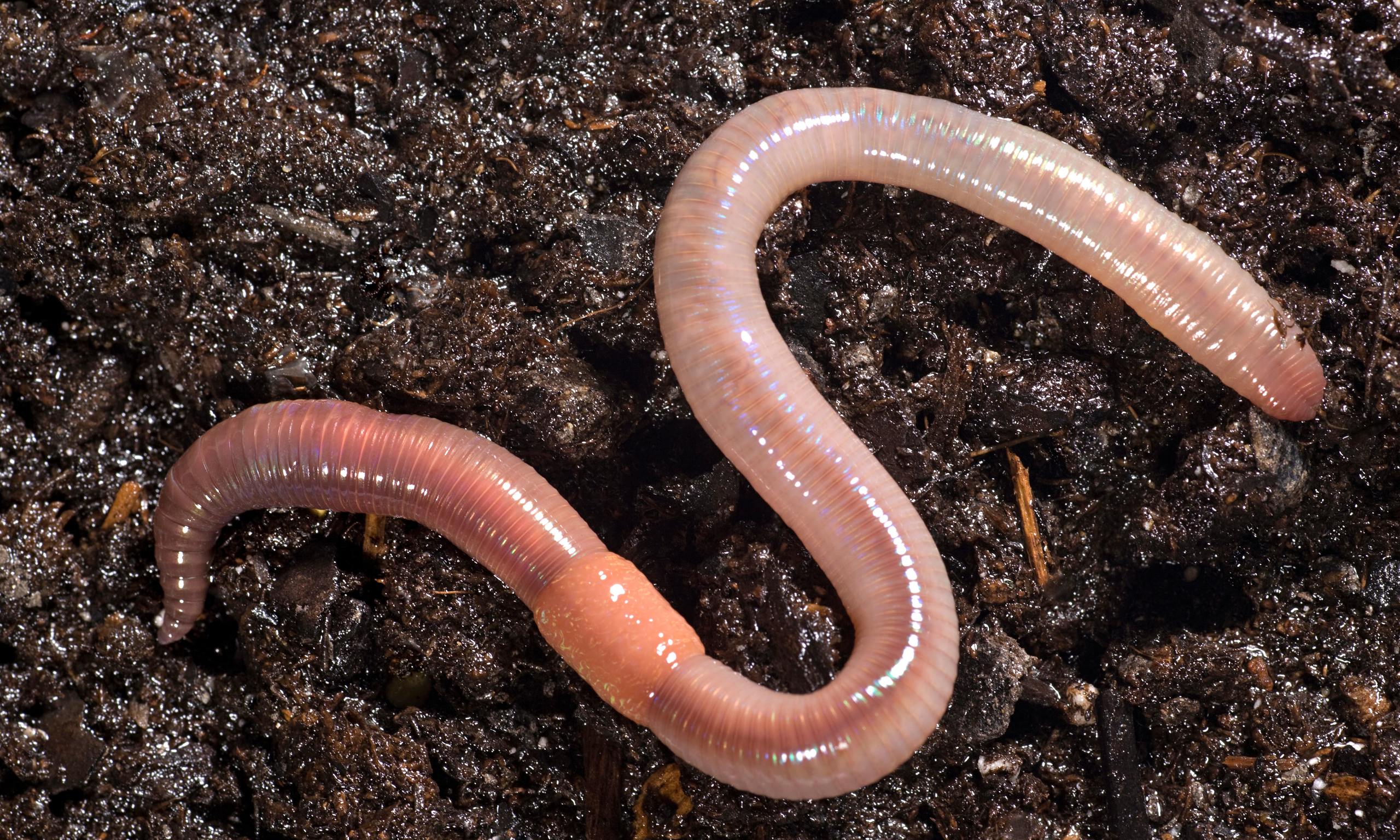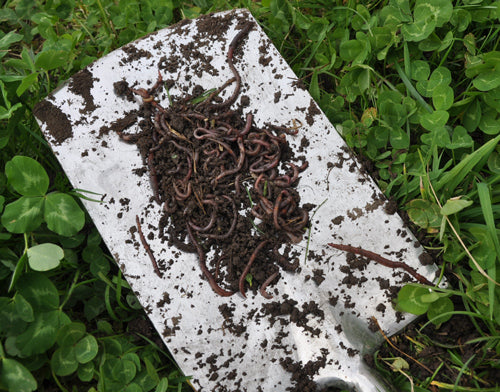Our North Carolina Worms Statements
Our North Carolina Worms Statements
Blog Article
Fascination About North Carolina Worms
Table of ContentsNorth Carolina Worms - TruthsThe Facts About North Carolina Worms UncoveredThe North Carolina Worms StatementsThe Definitive Guide for North Carolina Worms
Instance: 1-gallon of worm castings to 4 gallons of potting mix. 1/2 mug in the base of the planting opening for smaller sized plants. 1 cup for bigger plants.
The addition of tea can also include boosted microbial biomass to your dirt. You can always side-dress your plants with worm castings any time. Simply keep in mind, the bacteria will certainly die if exposed to UV rays (Sun), so make sure to cover the castings with an inch or so of dirt.
This baffled them for years up until the screening methods came to be better. It would obtain better(with more spreadings), level off, and then decrease. Too lots of worm spreadings would speed up the development to a pace that the plant might not recoup from.
The 2-Minute Rule for North Carolina Worms
I have expounded the virtues of worm spreadings for concerning 2000 words. Worm spreadings are no various. It takes time to create quality worm castings.
You can purchase them which leads to second. Worm spreadings absolutely set you back greater than chemical fertilizers. However, worm castings get on the less costly end of natural fertilizers. You will have to determine what is more crucial. It is very easy to create little amounts of worm castings. (50 gallons each year) It is a much more challenging and very costly investment to produce huge quantities of worm castings (Lake James Bait).

In truth, creating a healthy soil might be the best benefit of worm castings. Healthy and balanced dirt was talked about and how vital this has become to everyone. The top 10 benefits of worm spreadings were likewise presented. We reviewed worm castings NPK and additionally the appropriate nutrient analysis that need to relate to worm spreadings.
Fascination About North Carolina Worms
We talked about some of the negative aspects connected with worm spreadings. I covered a whole lot of product in this write-up.
The upright burrows are commonly open, although the worms cover the leading with residue and waste matter. Origins need oxygen for their development, whereas they create carbon dioxide that requires to leave the dirt.
Earthworms raise porosity by 2 systems: (1) by producing long-term burrows, and (2) by improving dirt gathering. Aggregation is improved by the blending of dirt and organic matter in the earthworms' intestines. Where to buy worms in NC. These very steady aggregates are transferred by some earthworms in their burrows, and by others at the surface area of the soil


In another research study, earthworms were estimated to take in 4 to 10 percent of the top 6 inches of the soil every year. Dirt compaction minimizes the porosity of the dirt.
The Buzz on North Carolina Worms
Typical earthworm populaces can quickly take in 2 lots of completely dry matter per acre per year, partially digesting and mixing it with dirt. The relevance of earthworms to mix surface deposit with dirt comes to be really clear in soils that do not have any earthworms. Many of our Pennsylvania dirts have at the very least some earthworms, and the impact of their complete lack, as a result, can not be noted.
(https://relevantdirectory.biz/details.php?id=239350)In these soils, the formation of topsoil with affordable natural issue material did not happen, causing inadequate plant development. When the reason was established, the government of the Netherlands started a campaign to introduce earthworms. After the introduction of the earthworms, a dark topsoil layer was formed, and crop development raised considerably.
They live mainly from partly broken down organic issue that is currently integrated in the soil. These types ingest large quantities of dirt that they mix with digested plant residue in their guts.
Their burrows remain open, although they cover the top with crop deposit that they pull to the entrance. These varieties consume considerable amounts of dirt that they mix with absorbed deposit in their guts. Their excrement is primarily transferred at the surface of the soil. The nightcrawler Lumbricus terrestris is the most prominent participant of this group.
Report this page